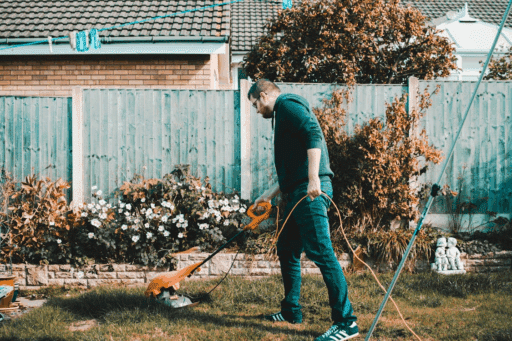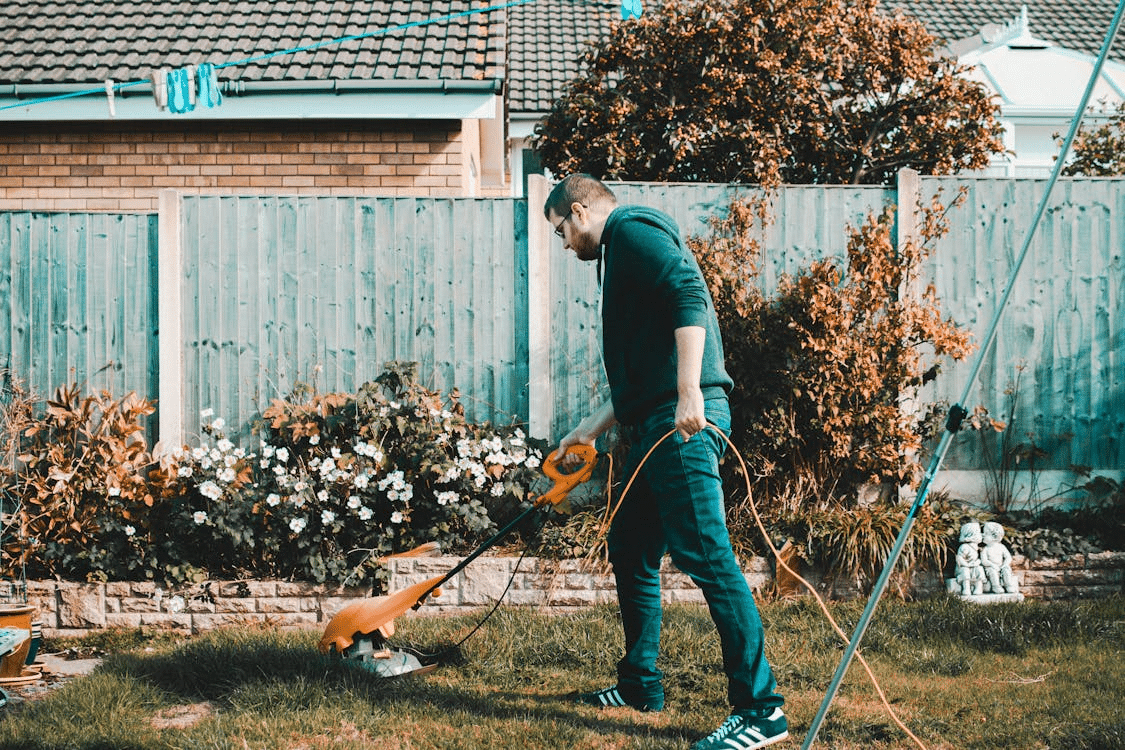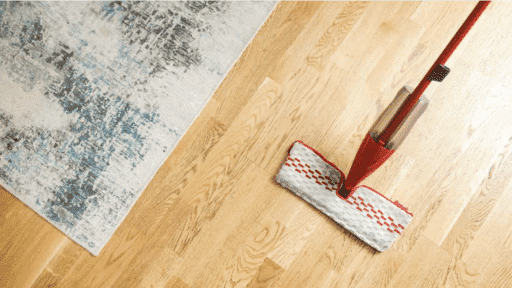A well-kept yard can improve a home’s curb appeal and create a more enjoyable outdoor space. Many homeowners take pride in mowing, watering, and caring for their lawns and gardens. But even with the best intentions, it’s easy to make mistakes that harm the yard over time.
Some of these mistakes waste water, damage plants, or create extra work later. Others can lead to higher utility bills or costly repairs. Knowing the most common errors can help you avoid them and keep your lawn healthy year-round.
By making small changes to your routine and paying attention to key details, you can protect your yard’s appearance and function without adding unnecessary effort.
Cutting Grass Too Short
Many people believe cutting grass shorter means it will need mowing less often. In reality, mowing too low can damage the grass. Short blades expose the soil to more sun, which dries it out faster. It also weakens the grass, making it more vulnerable to pests, weeds, and disease.
For most lawns, the ideal mowing height is between 2.5 and 3.5 inches, depending on the grass type. This height allows the blades to shade the soil, conserve moisture, and support deeper root growth. Keeping mower blades sharp is also important—dull blades tear the grass instead of cutting it cleanly, leading to frayed tips that turn brown.
A good rule is to avoid removing more than one-third of the grass blade at a time. This keeps the lawn healthier and better equipped to handle heat, foot traffic, and seasonal changes.
Ignoring Irrigation System Issues
One of the most overlooked areas in yard care is the irrigation system. When sprinklers or drip lines aren’t working properly, water may not reach all areas evenly. This can leave some spots dry while overwatering others. Over time, the problem can cause patches of brown grass, plant stress, and even soil erosion.
A major cause of wasted water is hidden leaks in the irrigation lines or sprinkler heads. That’s where sprinkler leak detection becomes important. By checking for leaks regularly, you can catch problems early, prevent water waste, and avoid paying for water you aren’t using effectively. A small leak may not be visible right away, but it can add up to hundreds of gallons over a season.
Simple signs to watch for include unusually wet areas, lower water pressure, or a sudden increase in your water bill. Addressing these problems quickly helps maintain an even watering pattern and supports healthy lawn growth.
Overwatering or Underwatering
Watering mistakes are another common problem in yard maintenance. Overwatering can lead to shallow roots, fungal growth, and wasted resources. Underwatering, on the other hand, can stress plants, slow their growth, and make them more susceptible to heat damage.
The best approach is to water deeply but less often, encouraging roots to grow deeper into the soil. For lawns, this often means watering once or twice a week, depending on the season and rainfall. Early morning is the ideal time to water, as it reduces evaporation and allows the grass to dry before evening.
Using timers or moisture sensors can help regulate watering schedules. These tools make it easier to give your yard the right amount of water without guessing.
Neglecting Soil Health
Healthy soil is the foundation of a thriving yard. When the soil is compacted or lacking in nutrients, grass and plants struggle to grow, even with proper watering and sunlight. Over time, this can lead to thin, patchy areas that invite weeds and pests.
Aerating the soil once or twice a year helps relieve compaction and allows air, water, and nutrients to reach the roots. Testing your soil’s pH can reveal whether it’s too acidic or alkaline for the plants you’re trying to grow. Adding compost or other organic matter can improve soil structure, increase nutrient levels, and support better moisture retention.
By focusing on soil health, you create an environment where plants can establish strong roots and grow more resilient to stress.
Using Too Much Fertilizer or Chemicals
Fertilizer and pesticides can be helpful when used correctly, but too much can damage plants and harm the environment. Over-fertilizing can burn roots, cause rapid but weak growth, and lead to nutrient runoff that pollutes local waterways. Overuse of pesticides can kill beneficial insects and disrupt the natural balance of your yard.
To avoid these problems, read product labels carefully and follow application guidelines. Apply only what’s needed for your soil and plant type. Consider using slow-release fertilizers or organic alternatives, which provide nutrients gradually and support long-term soil health. Integrated pest management, which focuses on prevention and minimal chemical use, can also be an effective approach.
Planting in the Wrong Location
Even healthy plants can fail if they’re planted in the wrong spot. Some plants need full sun, while others thrive in shade. Putting a sun-loving plant in a shady corner, or a shade-loving plant in direct sunlight, can cause slow growth, poor flowering, and increased disease risk.
Before planting, observe the area’s light patterns throughout the day. Check the soil type and drainage, as some plants need sandy soil while others prefer loam or clay. Choosing plants suited to your local climate and conditions gives them the best chance to thrive without constant intervention.
Forgetting Seasonal Maintenance
Yard care isn’t the same year-round. Skipping seasonal tasks can lead to problems that are harder and more expensive to fix later. In spring, it’s important to clean up debris, prune damaged branches, and prepare the soil for planting. Summer is the time to monitor watering, watch for pests, and mow regularly.
Fall tasks include raking leaves, aerating the soil, and applying fertilizer to help the lawn recover before winter. Winter prep may involve shutting down irrigation systems, covering delicate plants, and protecting trees from heavy snow or ice. Staying on top of these tasks keeps your yard healthier and reduces the workload in peak growing seasons.
A beautiful yard takes more than occasional mowing or watering. Avoiding common mistakes like neglecting your irrigation system, overcutting grass, or planting in unsuitable locations can make a big difference. By focusing on proper watering, soil health, seasonal care, and mindful use of products, you can keep your outdoor space looking great while saving time, money, and resources.
The key is to stay consistent and address small problems before they grow into bigger issues. With the right approach, your yard can stay healthy and attractive all year long.








